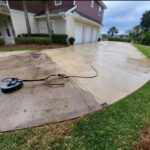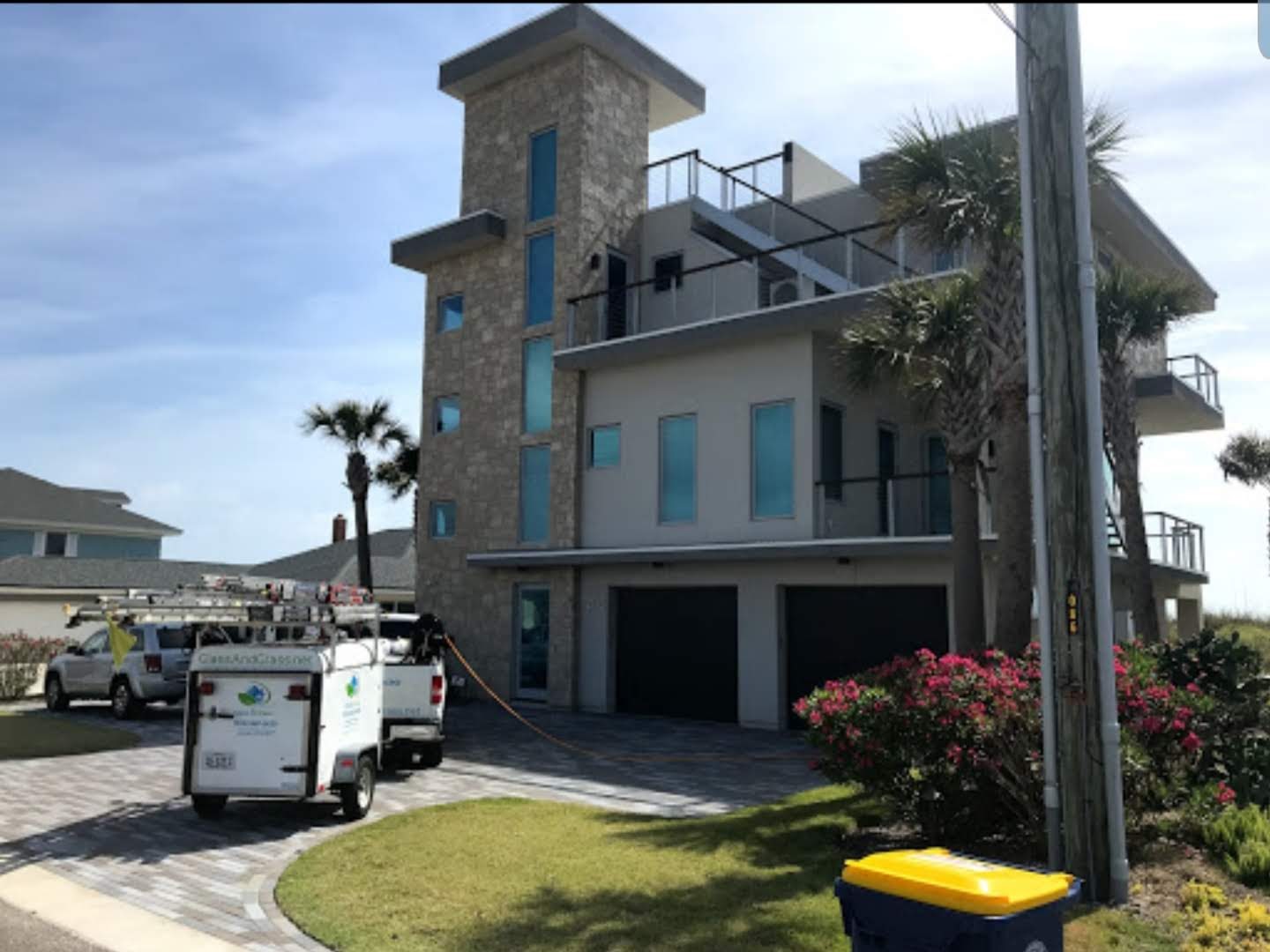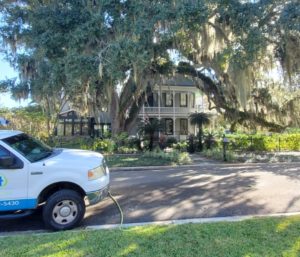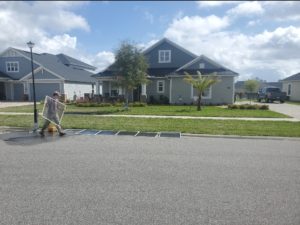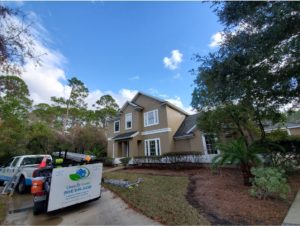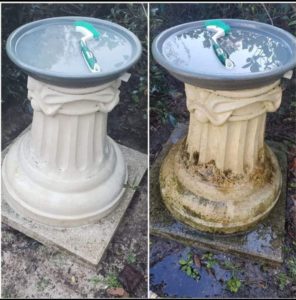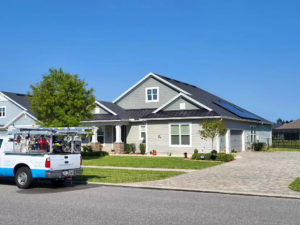Get a Fresh, Cleaner Look for Your Patio Pavers with These Power Washing Tips
A beautiful patio is one of the best investments you can make in your home. It provides a calm and relaxing outdoor environment where you can retreat from the stress of daily life. Unfortunately, as time passes, your patio pavers can become dirty, slippery, and overgrown with weeds. But, don’t worry because with a power washer and a little elbow grease, you can restore your patio pavers with power washer to their former glory. In this blog post, we will take you through some essential power washing tips that will help you get a fresh, cleaner look for your patio pavers.
Rent or Buy a Power Washer
Before you start any power washing, you’ll need a good power washer. You can rent or buy one from your local hardware store. Generally, gas-powered washers are more potent than electric-powered ones, but they can also be more challenging to maneuver. If you’re not comfortable using a gas-powered washer, get an electric one.
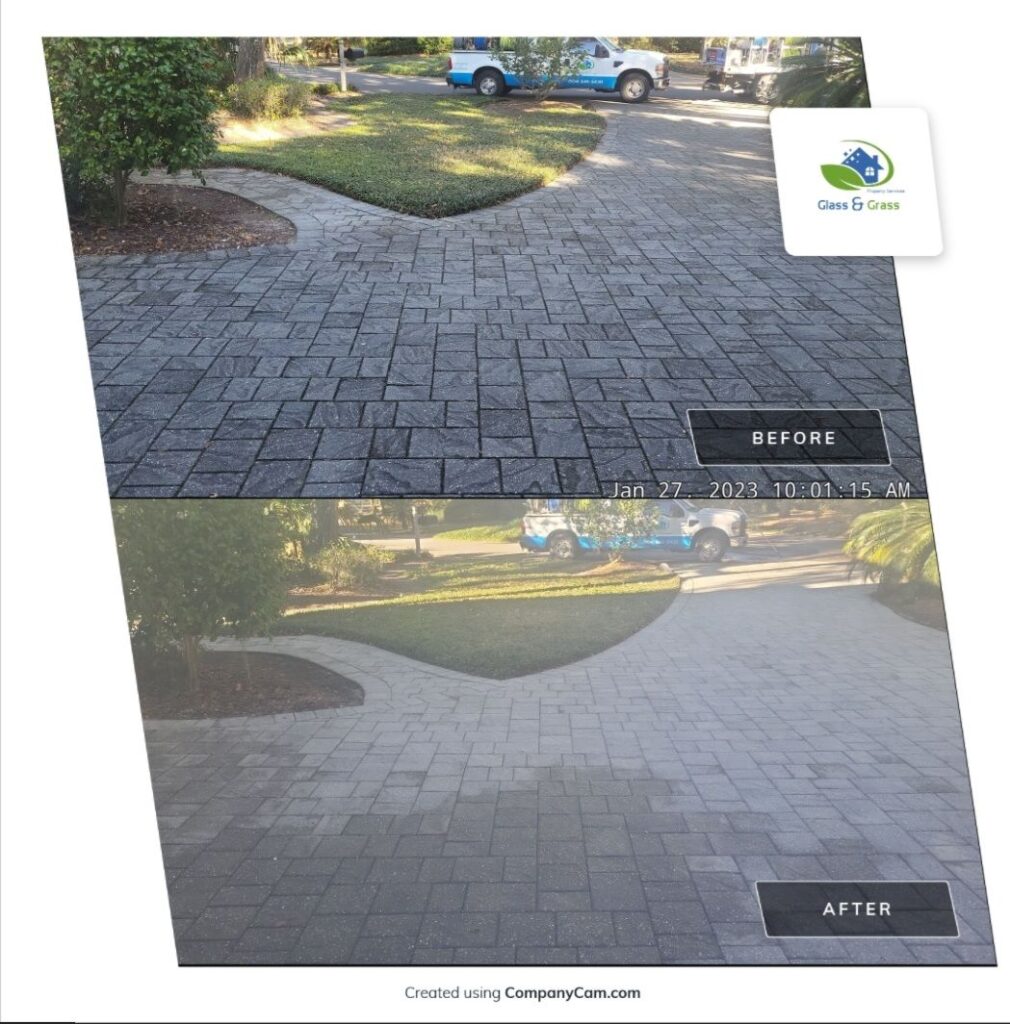
Clean the Surface
Cleaning the surface before using a power washer is a critical step in achieving effective and thorough results. By following a few simple steps, you can ensure that your power washing experience is efficient and successful.
The first task in preparing the surface for power washing is to clear away any debris that may obstruct the process. This includes removing leaves, twigs, and any other loose materials that could potentially clog the power washer or interfere with its operation. Ensuring that the surface is free from debris not only promotes optimal performance of the power washer but also helps prevent any damage that could occur if these materials were to become trapped in the machinery.
Once the surface is clear of debris, the next step is to address any accumulated dirt or grime. Using a stiff-bristle brush, thoroughly scrub the surface to dislodge any dirt, mud, or other contaminants that may have settled on the pavers. This step is crucial as it helps to loosen stubborn debris and prepares the surface for a deep clean with the power washer. Pay particular attention to areas that are heavily soiled or have stubborn stains, as these may require extra scrubbing to ensure thorough cleaning.
In addition to removing surface-level dirt and debris, it’s also important to consider any underlying issues that may impact the effectiveness of the power washing process. For example, if there are areas of the surface that are uneven or cracked, these may need to be addressed before proceeding with power washing to ensure an even and consistent clean. Similarly, if there are areas of the surface that are particularly delicate or prone to damage, such as delicate landscaping or fragile surfaces, take care to protect these areas or avoid them altogether during the power washing process.
By taking the time to properly prepare the surface before using a power washer, you can ensure that you achieve the best possible results. Not only does this help to maximize the effectiveness of the power washing process, but it also helps to protect the surface from damage and prolong its lifespan. Whether you’re cleaning a driveway, patio, or other outdoor surface, following these simple steps can help you achieve professional-quality results with your power washer.
Protect Surrounding Areas
Power washing, while incredibly effective at cleaning surfaces, can indeed create quite a mess if not properly managed. Whether you’re revitalizing your patio, sprucing up your driveway, or tackling any other outdoor cleaning project, taking proactive steps to protect the surrounding areas is essential. This not only ensures a smoother cleaning process but also helps maintain the integrity of your property and prevents unnecessary damage.
One of the primary concerns when power washing is protecting delicate vegetation, such as flower beds and shrubs, from the forceful spray and potential debris dislodged during the cleaning process. To shield these areas, it’s advisable to cover them with plastic sheeting or a durable tarp. This acts as a barrier, preventing soil erosion, damage to plants, and the accumulation of debris, such as dirt and grime, which could negatively impact the surrounding greenery.
Furthermore, it’s crucial to consider the placement of outdoor furniture, decor items, and any other movable objects in the vicinity of the cleaning area. These items can be susceptible to damage from the high-pressure water stream and may also inadvertently impede the cleaning process if left too close. Therefore, it’s prudent to relocate such items to a safe distance away from the targeted area. This not only protects them from potential harm but also facilitates unrestricted access for thorough cleaning without obstruction.
Moreover, closing windows and doors adjacent to the cleaning site is paramount to prevent water infiltration into indoor spaces. Power washing generates significant splashing and misting, which can easily find their way indoors if openings are left unprotected. By sealing off these entry points, you safeguard your home’s interior from moisture intrusion, potential water damage, and the inconvenience of having to clean up after the fact.
Taking these precautionary measures not only mitigates the risk of damage to surrounding areas but also contributes to a more efficient and focused cleaning process. By minimizing the need to backtrack or clean up secondary messes, you save valuable time and effort, allowing you to achieve optimal results with greater ease and effectiveness.
In essence, protecting the surrounding areas before embarking on a power washing endeavor is a proactive strategy that promotes both the efficacy of the cleaning process and the preservation of your property’s aesthetics and integrity. By covering delicate vegetation, relocating outdoor items, and sealing off indoor spaces, you create a conducive environment for thorough cleaning while minimizing the potential for unintended consequences. In doing so, you not only enhance the visual appeal of your outdoor spaces but also uphold the value and longevity of your property investment.
Start Power Washing
Once you’ve prepped the area, it’s time to start power washing. Follow the manufacturer’s instructions for your power washer to ensure that you use power washer correctly. Start on the lowest setting and work your way up until you find a pressure that’s strong enough to clean but not damage your patio pavers. Please be sure to wear safety gear throughout the process.
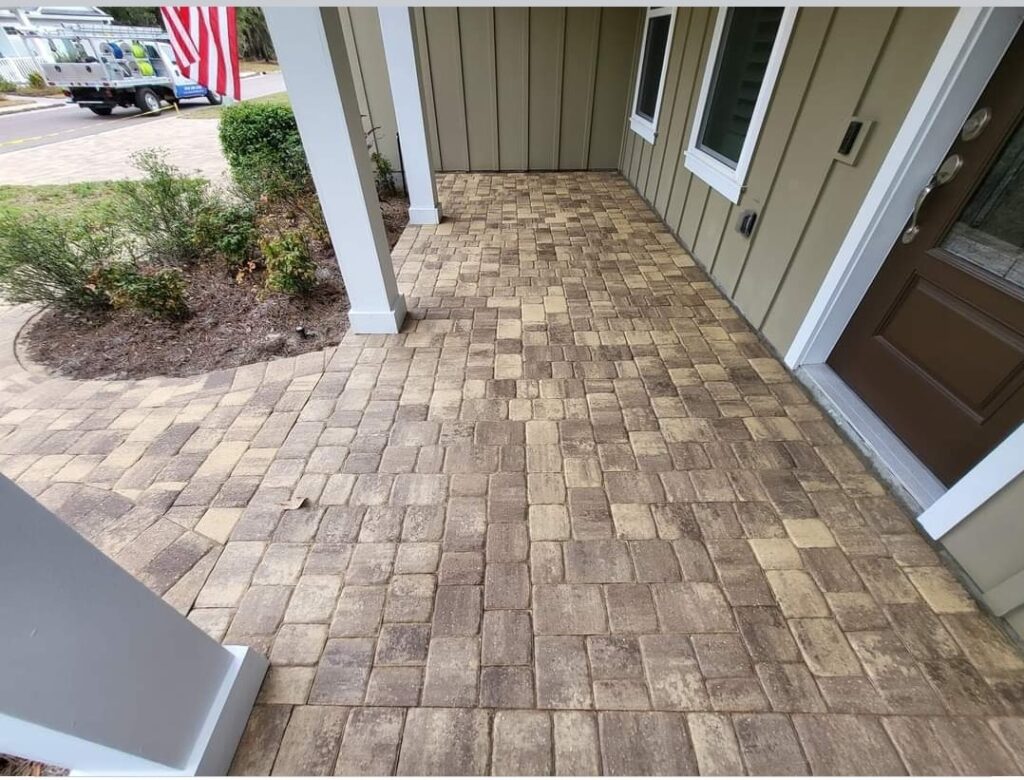
Rinse and Dry
Once you’ve power-washed an area, use a garden hose to rinse thoroughly. This helps remove excess dirt and debris from the surface. Finally, give the pavers time to dry completely. This could take a few hours to a full day, depending on the weather conditions in your area.
Patios help create a relaxing and inviting outdoor living space that you can enjoy for years. Keeping them clean and well maintained can be challenging, but with these power washing tips, you can get a fresh, cleaner look for your patio pavers. Power washing your patio pavers will remove deep-set dirt and grime that a regular cleaning can’t. Make sure you follow the safety tips listed above to prevent injury or damage to your property. A freshly washed patio will not only make you feel proud of your living space but also extend the life of your patio pavers. Give your patio a makeover today, and enjoy an inviting outdoor environment for years to come!
https://www.google.com/maps?cid=664192561973241055

